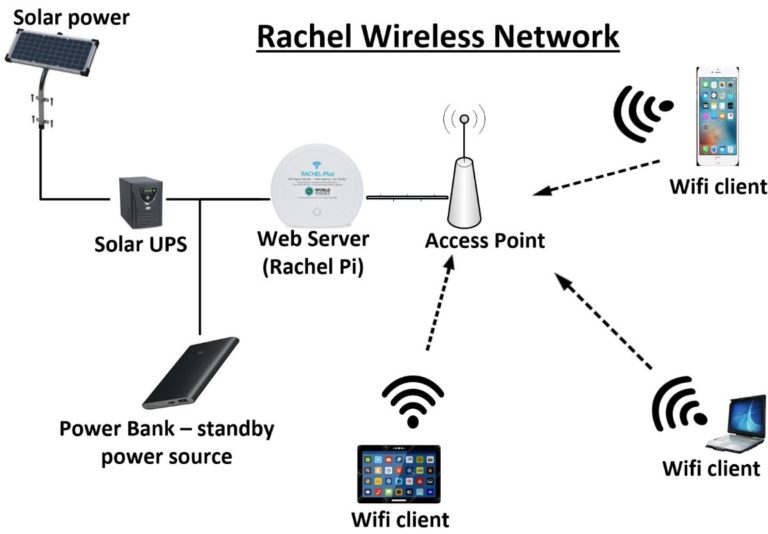
When connectivity really matters, organizations turn to Ericsson. We offer access points to fit just about any budget, performance requirement or deployment scenario. Whether you’re challenged with high client density or challenging outdoor environments, our access points provide secure, reliable access no matter how tough the environment. AP, from the humblest to the boldest, is packed with patented technologies that go beyond the everyday to ensure superior connections and awesome user experiences.

Outdoor Access Points are a great way to extend your wireless network into your garden. When installed you can work outside using your notebook, or even watch Netflix without any interruption.
Without an outdoor WIFI access point, you have probably noticed that your WIFI signal is too weak. Exterior walls and glass are great at blocking WIFI signals, so to solve this you really have to place an access point outside.
An outdoor ap can also be used to extend your wireless network into your garage or outbuilding that you might have. They can be used to create a wireless bridge between two buildings.
In this article, we are going to take a look at the different outdoor wireless access points that are available and I will give you some tips when it comes to installing your access point outside.



Outdoor Access Point6352
BEST SOLUTION FOR ACCESS POINT & POINT TO MULTIPOINT
Access Point the Network Node Building an efficient Access Point network with end-to-end performance in mind; requires high node capacity, compact and modular building practice and advanced packet functionality. The access point nodes also need to be capable of handling single hops as well as advanced hub sites for larger networks. By combining outdoor Access Point units and indoor units, all network scenarios are supported with superior performance and lowest possible cost of ownership. Ericsson is the market leader in AP & PTMP-PTP transmission and has over 40 years of data transmission experience with more than 3.5 million Access Point units delivered to over 175 countries. Very High-Capacity Access point 6352 is an all-outdoor Access Point node, and part of the successful point to point portfolio. Access Point 6352 is based on the E-Band (70/80 GHz), providing opportunity to deploy in this previously unused frequency band, supporting up to 5.5 Gbps capacity over 750 MHz channel.
Up to 10 Gbps capacity will be achieved with 2+0 solution using Access Point link bonding. Access Point 6352 also supports Multi-band Booster and is prepared for 1+1 HSB. For maximum connectivity, Access Point 6352 is equipped with multiple 10 GE interfaces. Network scenarios Access Point 6352 has an embedded L2 switch, enabling full aggregation and switching between all traffic ports, that makes it ideal for multiple combinations of mobile backhaul solutions. Use it as an all-outdoor solution, aggregating multiple south-bound directions to one high capacity northbound. Access Point 6352 is also suitable for cascading or as a repeater solution. It can also be connected to any other indoor Access Point unit using available Ethernet ports. Access Point 6352 is also suitable in applications such as Fixed Broadband, Fiber extension, and Enterprise connectivity.
Access Point Booster
Multi-band booster enables E-band to be used over longer distances and much wider areas outside dense urban areas. By bonding Access Point 6352 with Access Point 6354 (6-42 GHz), the hop-length can be extended up to three times with high performance.
Network Synchronization
Access Point 6352 supports transport of synchronization signal across the hop. The synchronization signal is carried over the node hop without occupying any bandwidth allocated for payload traffic. Access Point 6352 also supports PTMP & AP synchronization according to IEEE 1588v2.
Capability to use variation in traditional frequency bands
The Access point also supports the new 500 MHz wide channels and a modulation of 256 QAM, which provides capacities over 5 Gbps.
Adaptive Modulation
The Access point supports hitless adaptive modulation for BPSK–256 QAM over 70/80 GHz, which provides an error free transmission and constant delay variation securing sync performance.
Header Compression
Access Point 6352 supports multi-layer header compression enabling as high as 20 % extra bandwidth. Line-of-Sight
(LOS) and Non-Line-of-Sight (NLOS)
Access Point 6352 supports both LOS and NLOS configurations. This will give operators greater flexibility to deploy outdoor small cells, enabling high network performance.